| CLICK HERE FOR INDEX PAGE |
| |
| THE DE STIJL DESIGN MOVEMENT (NEOPLASTICISM) |
| V.Ryan © 2016-2018 |
| |
| PDF FILE - CLICK HERE FOR PRINTABLE WORKSHEET |
| |
The De Stijl Design Movement (also known as Neoplasticism) originated in Holland in 1917. De Stijl promoted a style of design based on a limited range of colours (primary colors, red, yellow, and blue), used in conjunction with a combination of horizontal and vertical lines. Each part of the design / product are regarded as a single aspect of the design / product, one of several parts. Each part should stand out.
De Stijl’s true origin can be traced back to Cubism. Also, the artwork of Piet Mondrian greatly influenced the De Stijl colour scheme. He became one of the leading advocists of the art movement.
The style developed during World War One, when the Dutch were neutral. This meant that Dutch designers and artists were unable to travel to countries involved in the war. Out of this ‘solitude’, a painter called Theo van Doesburg established a journal called ‘De Stijl’ (translates to mean ‘The Style’). The journal promoted De Stijl as a new, modernist Art Movement. |
|
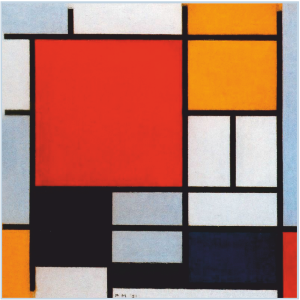
COMPOSITION WITH RED, YELLOW, BLUE AND BLACK.
By Piet Mandrian |
| |
|
|
| |
| The De Stijl philosophy believed that aesthetics can be achieved through a combination of function, primary colours, in addition to black and white horizontal and vertical lines. The philosophy considers that design should focus on indispensable features and that any unnecessary detail or ornamentation should be removed. Design should be in equilibrium. Members of the De Stijl movement were passionate about collaborating with other art / design movements and other styles. They also considered it important, that their design philosophy, should enter into every aspect of their lives. |
| |
| The De Stijl movement aimed to produce art / designs that were precise and accurate, representing the ‘exactness’ and ‘efficiency’ of the machine. Nature was eradicated from the final design. This can be seen in Gerrit Rietveld’s ‘Red Blue’ chair (1917-1918), which represents the De Stijl criteria, for product design. The chair was originally left with a natural wood finish, but was later finished according to the strict De Stijl colour criteria. |
| |
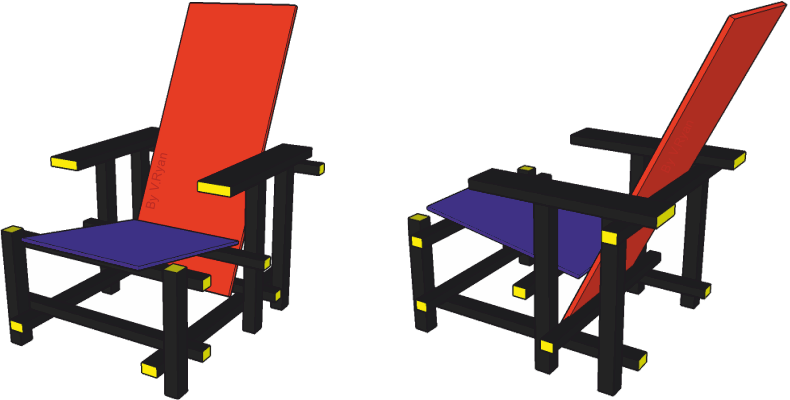 |
| |
|
|
| |
| De Stijl (Neoplasticism) inspired architecture, as seen in ‘The Rietveld Schröder House’ in Utrecht, Holland (built in 1924), designed by Gerrit Rietveld. It was a radical design for the 1920s. The furniture and fittings were all in the De Stijl style. Mrs Schröder, a bankers widow, lived in the house for sixty years. The house is now a museum and is on the UNESCO World Heritage List. |
| |
| The house has many similarities to the Bauhaus style, although it is asymetrical. The two storey building has separate rooms downstairs. Upstairs it is an open space, with moveable panels to allow the layout to be altered as required. The space can become a bedroom or a living room, depending on the needs at time of use. |
| |
| ‘THE RIETVELD SCHRÖDER HOUSE’ |
| |
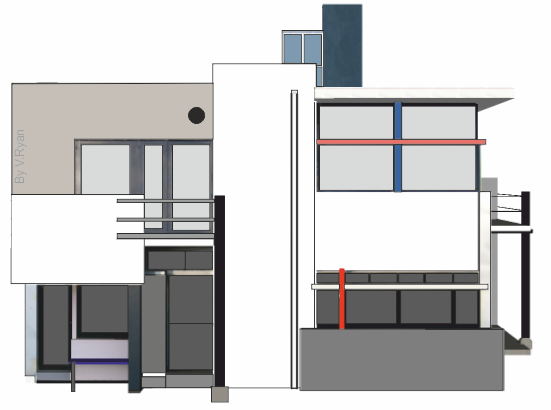 |
| |
|
|
| |
| THREE IMPORTANT CONTRIBUTORS TO DE STIJL |
| |
 |
|
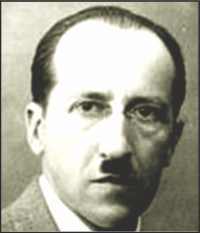 |
|
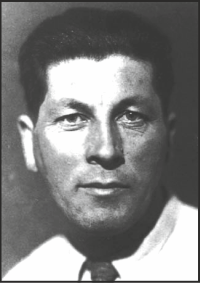 |
| |
|
|
|
|
THEO VAN DOESBURG
(1883 to1931) |
|
PIET MONDRIAN
(1872 to1944) |
|
GERRIT RIETVELD
1888 to1964 |
| |
|
|
|
|
| One of a number of prominent artists (including Piet Mondrian), who established a journal called ‘De Stijl’ (translates to mean ‘The Style’), promoting the new Art Movement. |
|
The artwork of Piet Mondrian greatly influenced the De Stijl style, especially his use of colour with vertical and horizontal lines. He was one of De Stijl’s leading advocists. |
|
Gerrit Rietveld, furniture designer and architect, designed the ‘Red Blue’ chair (1917-1918) in the De Stijl style. Also designed ‘The Rietveld Schröder House’ (built in 1924). |
| |
| CLICK HERE FOR PRODUCT DESIGN INDEX PAGE |
| |
| |
|
| |
|





